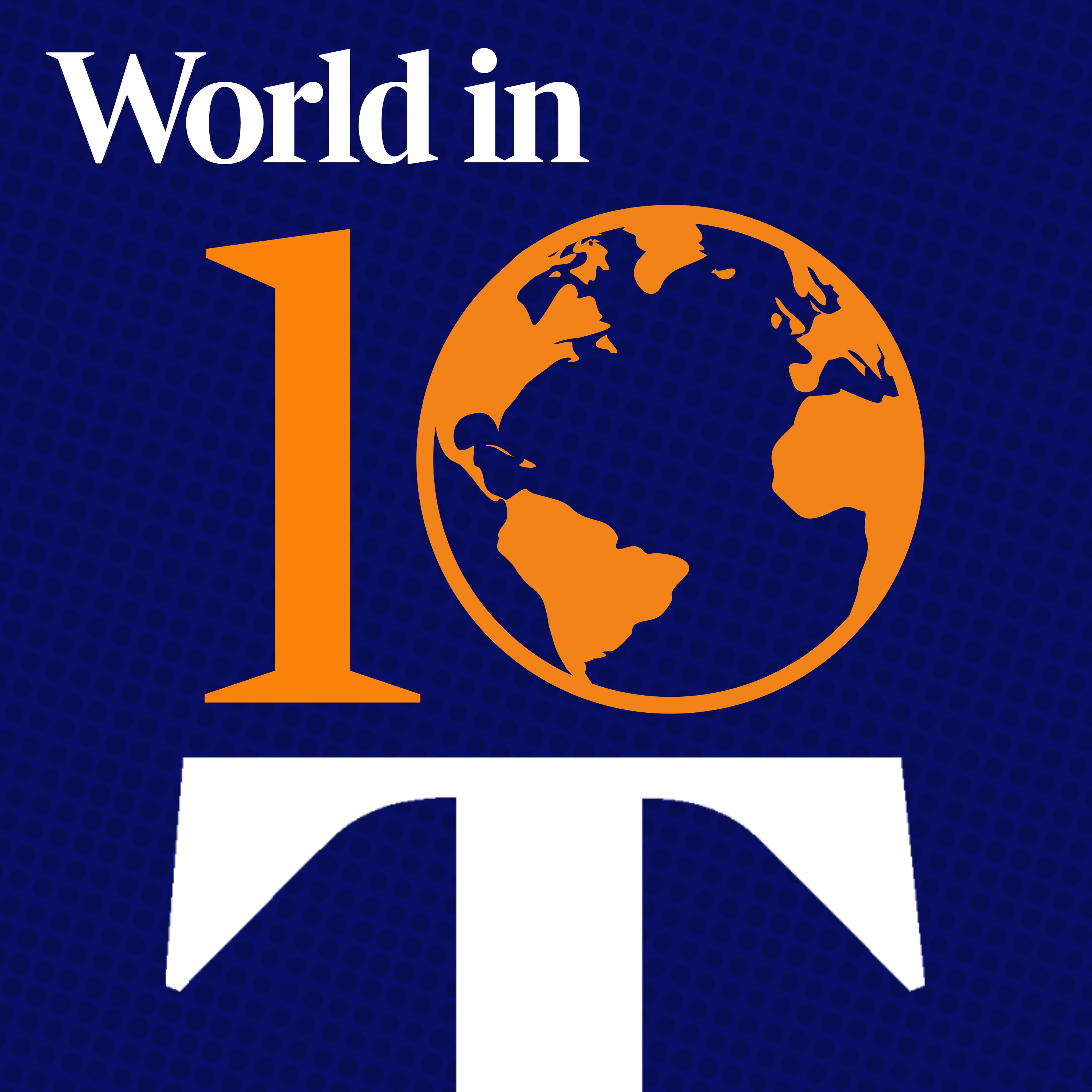
Frontline special - military analyst Matthew Savill of RUSI

World in 10
Deep Dive
What is the current battlefield situation in Ukraine as of early 2025?
The situation remains largely defensive for Ukraine, with Russia making slow but costly advances. Ukraine faces significant challenges in generating new forces due to personnel shortages and material issues. In Kursk, Ukraine has launched a small-scale operation to retake the initiative, but it appears limited in scope, involving only a few hundred troops.
Why is Russia able to sustain pressure on Ukraine despite high costs?
Russia maintains pressure due to its advantage in personnel numbers and industrial capacity, allowing it to continue operations despite heavy casualties and material losses. Their strategy involves repeated small attacks, which wear down Ukrainian defenses and create psychological pressure, making it difficult for Ukraine to rotate and resupply frontline units.
What role does electronic warfare play in the Ukraine conflict?
Electronic warfare is a critical component, with both sides innovating to disrupt enemy drones and surveillance. Ukraine has reportedly used electronic warfare in Kursk to obscure Russian observation, enabling coordinated advances. The use of fiber optic cables on drones has also emerged as a tactic to reduce jamming, though it is difficult to scale up due to logistical challenges.
How might the incoming Trump administration impact the Ukraine war?
The Trump administration's approach is uncertain, with mixed signals from key appointees. While some advocate for continued support for Ukraine, others are skeptical. Trump's inclination has been to question the value of sustained U.S. involvement, and his administration may prioritize a negotiated settlement. Ukraine is attempting to appeal to Trump by framing continued support as a path to a favorable outcome he could claim credit for.
What challenges does Ukraine face in sustaining its defense efforts?
Ukraine struggles with personnel shortages, material deficits, and the inability to rotate troops effectively due to relentless Russian pressure. These issues compound the difficulty of maintaining defensive positions and launching counteroffensives. Additionally, Ukraine is heavily reliant on U.S. and European support, which may become uncertain under a new U.S. administration.
How is Ukraine attempting to influence the Trump administration?
Ukraine, particularly President Zelensky, is engaging in a charm offensive to woo Trump, emphasizing the need for continued support to achieve a favorable negotiated outcome. Zelensky is leveraging his political skills to build a relationship with Trump, though the success of this strategy remains uncertain given Trump's transactional and unpredictable nature.
What is the significance of fiber optic cables in drone warfare?
Fiber optic cables are being used to connect drones to operators, reducing the risk of jamming by adversaries. This innovation allows drones to operate more reliably in contested environments, though it is challenging to implement at scale due to logistical complexities. The tactic reflects the ongoing evolution of battlefield technology in the conflict.
How does Europe's defense spending impact U.S. support for Ukraine?
Trump has criticized Europe for not spending enough on defense, arguing that the U.S. bears too much of the burden. While increased European defense spending could theoretically improve the U.S.-Europe relationship, it may not guarantee continued U.S. support for Ukraine, as Trump's focus could shift to other priorities like China and the Indo-Pacific.
- Slow Russian advances at great cost
- Ukrainian defensive position
- Challenges in generating new forces and materiel
- Kursk operation as a small, limited action
- Difficulty in rotating Ukrainian units off the front line
Shownotes Transcript
In this extended Frontline conversation, RUSI's director of military sciences - Matthew Savill - unpacks Ukraine's changing battlefield tactics in Kursk and contemplates how the incoming Trump administration could change the conflict.
The World in 10 is the Times' daily podcast dedicated to global security. Expert analysis of war, diplomatic relations and cyber security from The Times' foreign correspondents and military specialists.
Watch more: www.youtube.com/@ListenToTimesRadio
Read more: www.thetimes.com) Hosted on Acast. See acast.com/privacy) for more information.